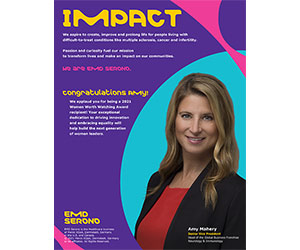by Jennifer L. Blevins
Executive Vice President and Chief Human Resources Officer
AXA Equitable
Four Different generations in the workforce. This is the reality of the employee landscape of today. While much has been debated and written about the challenges of generational “difference,” are we making too much of the idea that companies will not be able to tap unique attitudes and behaviors?
On the surface, it may not seem so. It is quite natural to focus on the challenges posed by melding these different generations. But the reality is that the opportunities are unlike any we have seen before. The key is enabling all employees to understand and respect each other for the value they bring and to recognize the similarities among them.
“As Talent managers, it’s imperative that we create a culture where different generations are not only valued but are also desired.”
For instance, there has been a lot of emphasis on Generation Y’s vocal desire for work-life balance. The truth is this flexibility is a major desire for all. Finding ways to provide it will ultimately help employers recruit, engage and retain talent across all four generations. notably, with added flexibility, baby boom and traditionalist employeeswhose institutional knowledge is viewed as bedrock—may choose to remain in the workforce longer and pass along their experience and knowledge to their younger counterparts. This issue has become even more pressing due to the economic crisis, which has caused many to postpone retirement.
Perception is a challenge, however. Employees well into their careers may still perceive work-life balance as an earned privilege. Generation Y, in many ways, have it as an expectation. Finding ways to bridge both sets of views is important.
Mentoring is an effective way to dispel this perception and get back to reality. Most people think only of traditional mentoring, when someone who is considered more senior in their career guides someone new. But the multi-generational workforce of today allows for mentoring in “reverse.” This occurs when employees from younger generations share with others the fabric of their style, including new technologies and communication methods designed to enhance productivity and job satisfaction.
The opportunities are before us. As Talent managers, it’s imperative that we create a culture where different generations are not only valued but are also desired. Only when we embrace this difference can we truly harness the talent within each and every employee, regardless of their generational uniqueness.






